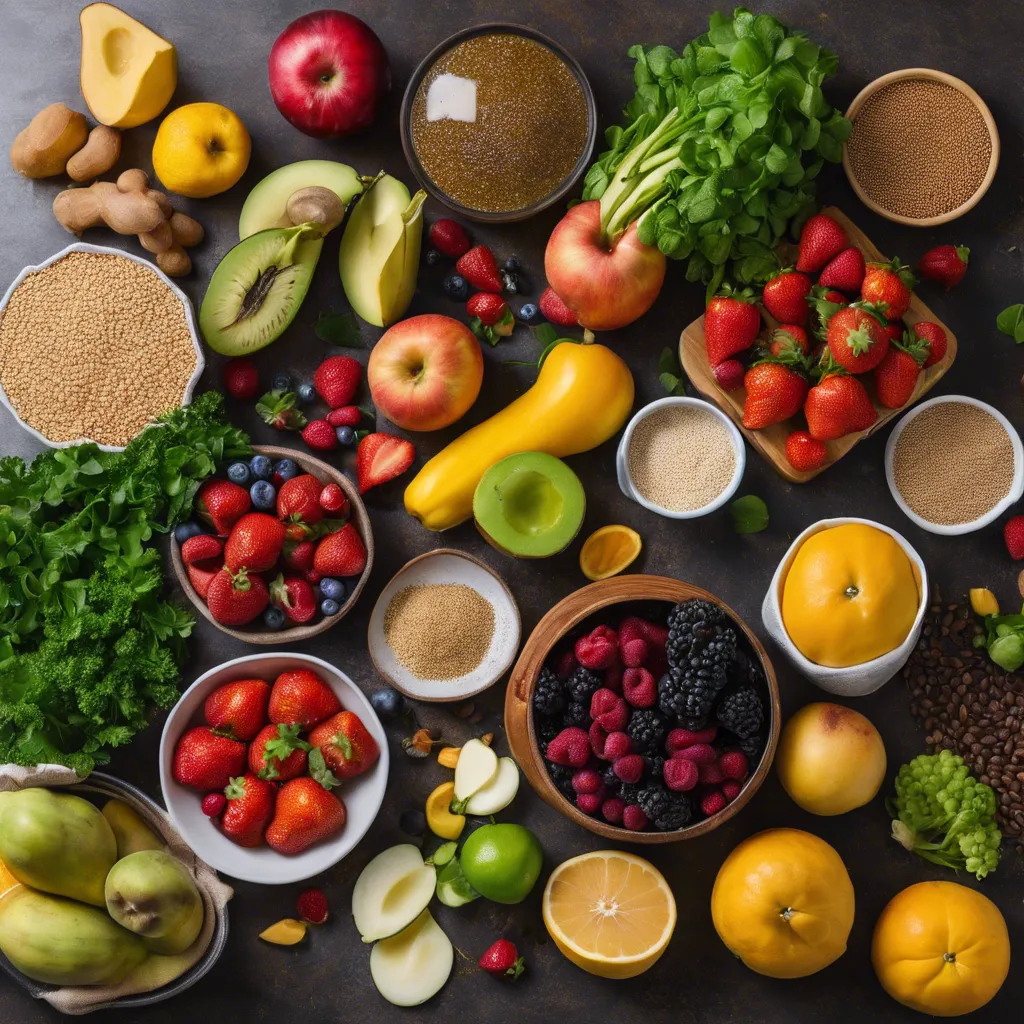Mindful Cooking Techniques for Blood Sugar-Friendly Meals
Are you tired of struggling to maintain stable blood sugar levels? Discover the transformative power of mindful cooking techniques in creating delicious and blood sugar-friendly meals.
Are you tired of struggling to maintain stable blood sugar levels? Discover the transformative power of mindful cooking techniques in creating delicious and blood sugar-friendly meals.

In today's fast-paced world, maintaining a healthy lifestyle is crucial. For individuals managing blood sugar levels, mindful cooking techniques can make a significant difference. This article explores various methods to prepare delicious and blood sugar-friendly meals that promote overall well-being. From ingredient selection to cooking methods, discover how small changes in the kitchen can have a big impact on your health.
Mindful cooking techniques can play a crucial role in preventing blood sugar spikes. By emphasizing whole, unprocessed foods and limiting the use of added sugars and refined carbohydrates, mindful cooking helps keep blood sugar levels stable. Cooking methods such as steaming, baking, and grilling are preferred over deep frying or sautéing in excessive oil. Additionally, incorporating high-fiber ingredients like vegetables, whole grains, and legumes into meals can slow down carbohydrate absorption, preventing rapid spikes in blood sugar. Mindful cooking empowers individuals to make healthier food choices, benefiting their overall well-being and blood sugar control.
Portion control is the practice of eating the right amount of food to maintain healthy blood sugar levels. By carefully measuring and monitoring serving sizes, portion control helps to prevent blood sugar spikes, allowing for better management of diabetes and overall health.
In the quest for flavor, herbs and spices offer a delicious alternative to sugar and salt. By incorporating herbs and spices into your cooking, you can create exquisite blood sugar-friendly dishes that are both flavorful and healthy.
Meal planning plays a crucial role in maintaining consistent blood sugar levels. By carefully choosing and balancing the types of foods consumed, individuals can prevent spikes and crashes in their blood sugar, promoting stable energy levels and better overall health.
When it comes to blood sugar-friendly recipes, there are plenty of delicious options to choose from. From hearty salads packed with fiber-rich vegetables and lean proteins to flavorful soups and stews made with low-glycemic ingredients, there's no shortage of tasty meals that can help keep blood sugar levels stable. For a sweet treat, try recipes that use natural sweeteners like stevia or monk fruit, and incorporate whole grains and healthy fats. Whether you're craving a savory dinner or a satisfying dessert, these recipes will not only please your taste buds but also support your overall health and well-being.
In conclusion, incorporating mindful cooking techniques into our meal preparation can greatly benefit our blood sugar levels. By choosing whole, unprocessed ingredients and cooking them in a way that preserves their natural nutrients, we can create delicious and nourishing meals that promote stable blood sugar. Being mindful of portion sizes and timing of meals also plays a significant role in managing blood sugar levels. By practicing these techniques, we can take control of our health and enjoy meals that not only taste good but are also friendly to our blood sugar levels.
Mindful cooking techniques involve being fully present and attentive while preparing meals. It includes practices like slowing down, focusing on the ingredients, and practicing gratitude.
Mindfulness can help manage blood sugar levels by promoting better food choices and portion control. Being aware of the ingredients used and the overall balance of the meal can prevent spikes in blood sugar levels.
Mindfulness is important in cooking because it helps us make healthier choices, reduce stress, and enjoy the process of preparing meals. It also allows us to savor the flavors and textures of our food.
Some cooking techniques that can help in blood sugar management include steaming, grilling, baking, and stir-frying. These techniques retain the nutritional value of the ingredients without adding excessive fats or sugars.
Mindful eating complements mindful cooking by promoting awareness of hunger cues, slowing down during meals, and savoring each bite. It allows for a better understanding of portion sizes and prevents overeating.
Yes, blood sugar-friendly meals typically include lean proteins, high-fiber vegetables, whole grains, and healthy fats. Examples include grilled chicken with roasted vegetables, quinoa salad with mixed greens, and salmon with steamed broccoli.
Some examples of mindful cooking techniques include using fresh and whole ingredients, experimenting with herbs and spices for flavor instead of relying on excessive sugar or salt, and practicing mindful portion control.
To incorporate mindfulness into cooking routines, try to create a calm and organized cooking environment, practice deep breathing while chopping or stirring ingredients, and express gratitude for the food and the process of cooking.